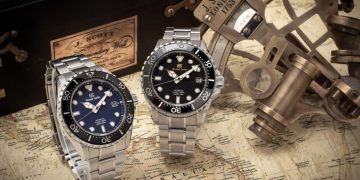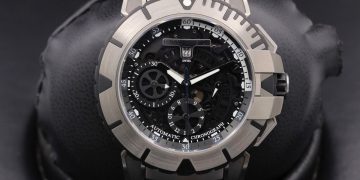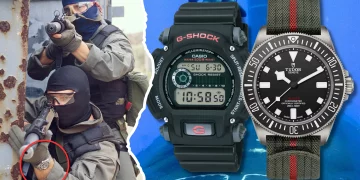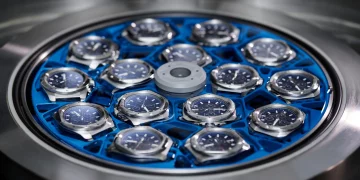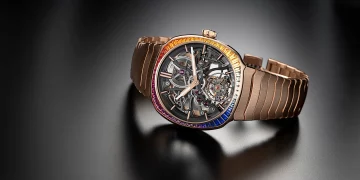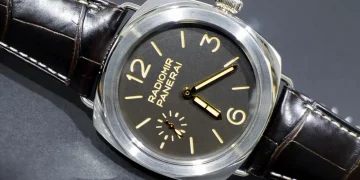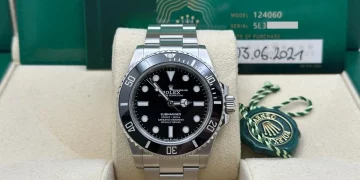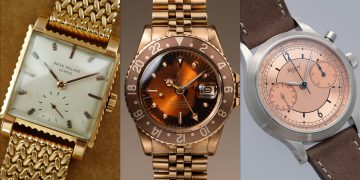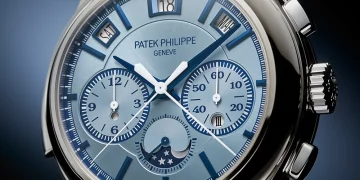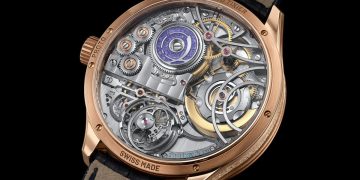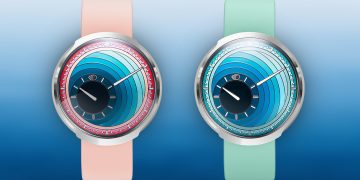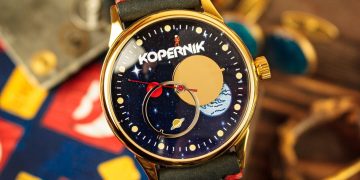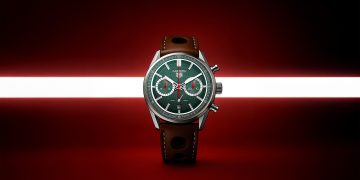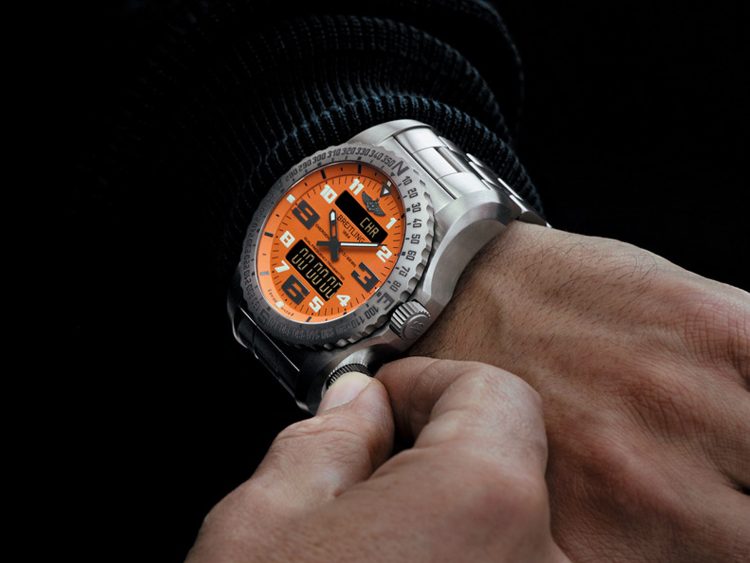Introduction: A Tale of Resilience
In a world where precision, craftsmanship, and durability are highly revered, few items represent these qualities better than a well-crafted watch. Watches have always been a symbol of timekeeping excellence, but occasionally, they serve as symbols of survival, resilience, and the power of engineering. One such story involves a legendary watch that defied the odds and survived a plane crash, becoming a testament to the durability of both the watch itself and the engineers who crafted it.
This article dives into the remarkable story of a timepiece that withstood the unimaginable: the tale of a watch that not only survived a catastrophic plane crash but also continued to function long after. We will explore the watch’s engineering, the incredible circumstances surrounding the crash, and what this story reveals about the true nature of high-quality craftsmanship.
The Real-Life Story of Survival
Our story begins with a plane crash in the 1970s that would go down in history not just for its devastation but for the role a single watch played in the aftermath. The crash involved a Swiss Air flight that tragically went down in the mountains of the Alps. Among the wreckage, several objects were recovered, but one in particular stood out—a military-grade watch that, despite enduring the brutal force of the crash, continued to work without any issues.
The watch in question was the Omega Speedmaster, a timepiece famously known for its connection to space exploration, but in this instance, its purpose was to stand up to the rigors of extreme environments on Earth. How did this watch manage to survive such an ordeal? The answer lies in its meticulous engineering, construction, and the inherent durability of its design.
The Omega Speedmaster: More Than Just a Watch
To understand why this watch survived a plane crash, we must first look at the Omega Speedmaster itself. The Speedmaster is a watch with a storied history, perhaps most famously recognized for being worn during NASA’s Apollo missions. It became the first watch worn on the Moon, but its design was not solely tailored for astronauts—it was also built for military and professional environments that demanded rugged performance.
When Omega first released the Speedmaster in 1957, it was designed as a chronograph for motorsports and aviation professionals. Its high-contrast dial, tachymeter scale, and precision movement made it the ideal choice for measuring speed and timing during high-pressure situations. However, it wasn’t just the watch’s aesthetic or functionality that made it stand out—it was the engineering behind it.
The Omega Speedmaster Professional is renowned for its robust construction. The watch’s stainless steel case is designed to withstand impacts, while its hesalite crystal (a tough, shatter-resistant acrylic) ensured that the face of the watch would not break easily in the event of a crash. The caliber 1861 movement inside the watch is a mechanical, manual-winding chronograph movement that is renowned for its precision and longevity, even under harsh conditions.
In addition to these features, the watch was tested in extreme environments, including the vacuum of space, extreme temperatures, and high altitudes, before it was selected by NASA for the Apollo missions. This rigorous testing is a testament to the level of durability that the Omega Speedmaster was designed to withstand. But the true test of its resilience came when it faced an actual plane crash.
The Plane Crash: The Test of a Lifetime
On that fateful day in the 1970s, the crash was devastating, resulting in significant damage to the aircraft and injuries to the passengers. Yet amid the wreckage, one thing was miraculously intact—the Omega Speedmaster. When rescuers found the watch, it was still ticking, despite being subjected to immense forces during the crash.
The crash had occurred in a remote and challenging location—high in the mountains of the Alps, where terrain and weather conditions made rescue operations difficult. The intense cold and the violent force of the crash could easily have destroyed the timepiece, yet it showed no signs of being damaged. The metal case, crystal, and movement had withstood the heavy impact, and the watch’s accuracy was still intact.
This remarkable survival sparked widespread interest in the durability of the Omega Speedmaster. It proved that the watch, designed for extreme conditions in space, was capable of surviving the equally harsh conditions on Earth. While it was the extreme impact and environmental challenges that made this watch’s story stand out, its survival was a testament to the quality of materials and the meticulous craftsmanship behind every Omega Speedmaster.
The Engineering Behind the Durability
The reason why the Omega Speedmaster was able to survive such an intense event lies in the engineering choices made by the watchmakers. Let’s take a closer look at the specific aspects of its design that contributed to its unparalleled resilience:
1. Case Construction: Robust Yet Lightweight
The stainless steel case of the Omega Speedmaster is made from a solid, high-quality alloy that provides resistance against shocks and vibrations. The material used in the case is not only durable but also resistant to scratches and dents, which is essential for a watch that needs to withstand extreme conditions. This robust casing played a key role in absorbing the shock of the crash and protecting the delicate internal components of the movement.
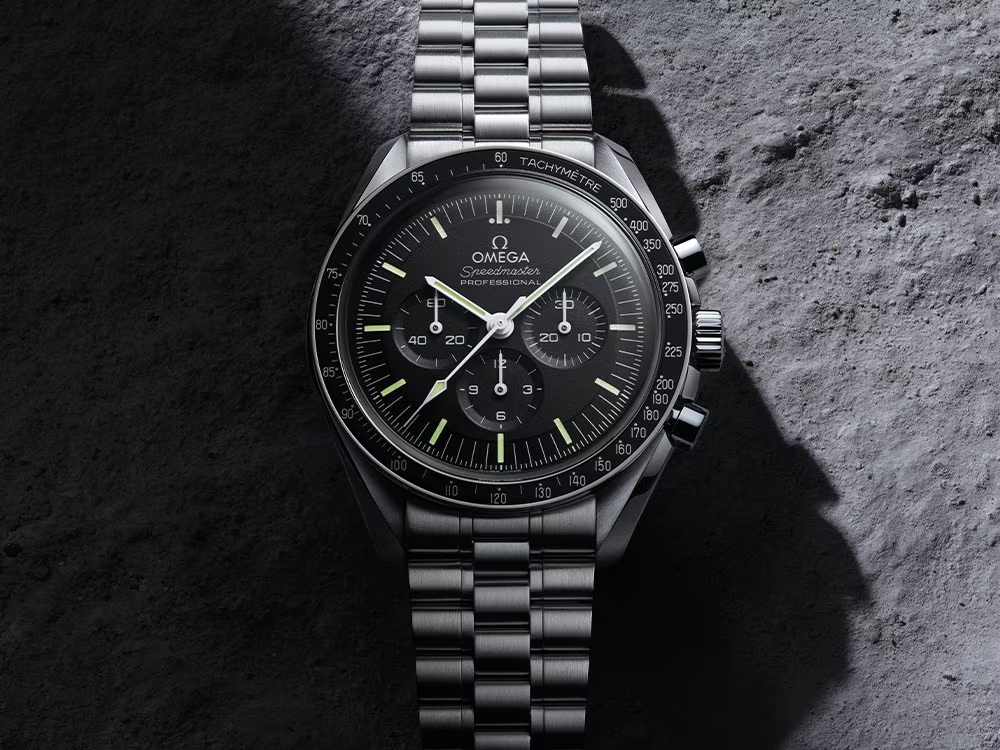
2. Hesalite Crystal: Strength in Simplicity
Unlike modern watches, which typically use sapphire crystal, the Omega Speedmaster was fitted with hesalite crystal—a type of acrylic that is shatter-resistant and can absorb shocks more effectively than sapphire. While sapphire is harder and more scratch-resistant, hesalite is less likely to break under pressure, making it the ideal choice for high-impact situations like this crash. The hesalite crystal may have been scratched during the crash, but it did not break, keeping the face of the watch intact and functional.
3. Caliber 1861 Movement: A Workhorse Movement
At the heart of the Omega Speedmaster lies the caliber 1861—a manual-winding chronograph movement that has been used in various iterations of the Speedmaster for decades. This movement is renowned for its precision, reliability, and longevity. Unlike modern quartz movements, mechanical movements like the 1861 are less susceptible to damage from electronic malfunctions and can continue to function accurately even under extreme conditions. This level of mechanical engineering ensured that the movement was able to survive the physical stress of the crash.
4. Water Resistance: Protection from the Elements
While the Omega Speedmaster is not intended to be a deep-sea diver’s watch, it does offer a water resistance rating that makes it capable of withstanding brief immersion in water. In the aftermath of the crash, this water resistance would have been crucial in maintaining the watch’s function, protecting it from any moisture or external elements it encountered in the wreckage and during the subsequent rescue efforts.
The Legacy of the Watch That Survived
The survival of the Omega Speedmaster during the plane crash became more than just a footnote in the brand’s history; it became a symbol of the watch’s resilience and longevity. After the incident, the watch garnered attention not only for its craftsmanship but also for its unwavering performance under the most extreme of conditions.
Today, the Speedmaster’s reputation as the “moon watch” is well known, but the survival of this watch in the plane crash has added another layer to its legacy. It represents more than just precision timekeeping—it embodies the durability and craftsmanship that watchmakers pour into every timepiece.
For collectors and enthusiasts, the Omega Speedmaster remains a highly sought-after model, admired for both its functionality and the stories it has become associated with. The brand’s focus on extreme testing and precision engineering has led to a timepiece that can stand the test of time—both figuratively and literally.
Lessons in Craftsmanship and Durability
The survival of this watch in the crash serves as a lesson in both engineering and design. It teaches us that true quality lies not only in appearance but in the durability and functionality of a product. Whether it’s a watch designed for space exploration or one intended to survive an aviation disaster, the principles of excellent craftsmanship are universal.
The Omega Speedmaster is a testament to the enduring nature of mechanical watches. In a world increasingly dominated by digital technology, the craftsmanship behind traditional timepieces like the Speedmaster serves as a reminder that the art of horology is alive and well. Watches like the Speedmaster have earned their place in history, not only for their design and function but for their resilience when faced with the most extraordinary challenges.
Conclusion: The Enduring Symbol of Excellence
The story of the Omega Speedmaster that survived the plane crash is more than just a remarkable tale of a watch enduring the impossible. It is a powerful reminder of the resilience and enduring legacy of true craftsmanship. The engineering behind the Speedmaster allowed it to overcome extreme forces, serving as a symbol of durability, precision, and the dedication of the horologists who created it.
In the world of luxury timepieces, few watches can claim a story like this. The Omega Speedmaster, with its heritage of space exploration and aviation, remains a shining example of what happens when superior craftsmanship meets unwavering dedication to precision. Whether worn by astronauts or crash survivors, the Omega Speedmaster continues to stand the test of time, proving that true quality never falters.


